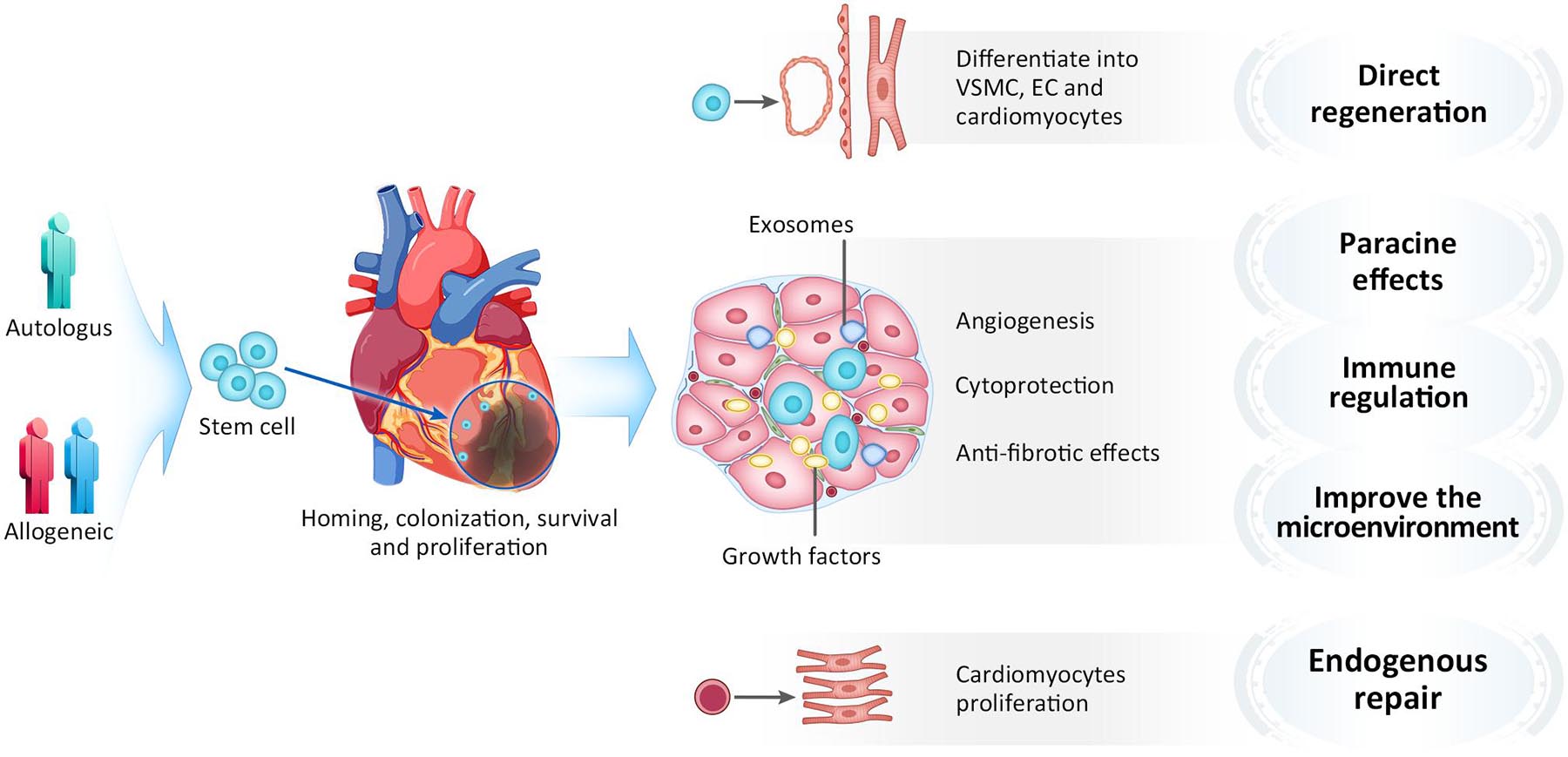Table of Contents
The writers keep in mind hurdles that stay, consisting of increasing the engraftment success and cell survival. Since the ISCI and Miller Institution are leaders in this field, the writers also emphasize the need to systematize interpretations and results actions in the field. "The Hare Laboratory stays at the forefront of introducing new therapies in this vital clinical domain.
Currently we are discovering exactly how to harness such stem cells to assist patients heal their own damaged hearts."The research is routed by the Cedars-Sinai Heart Institute, with the collaboration of the Johns Hopkins College, where Dr. Marbn worked prior to joining Cedars-Sinai in 2007. The 24 individuals participating in the study have hearts that were damaged and scarred by cardiac arrest.

It takes about four weeks for the cells to multiply to numbers adequate for therapeutic use, approximately 10 to 25 million. In the third and last step, the now-multiplied stem cells are re-introduced into the individual's coronary arteries during a 2nd catheter treatment. All clients in the research study needed to have experienced cardiac arrest within four weeks prior to enrolling in the research study project.
Later this summertime, it is prepared for that 12 more clients will undertake procedures to obtain 25 million stem cells, while six added clients will certainly be kept track of as controls. The very first person, Kenneth Milles, a 39-year-old controller for a small construction company in the San Fernando Valley, experienced a cardiovascular disease on May 10 because of a 99 percent blockage in the left former coming down artery, a major artery of the heart.
The process to grow the cardiac-derived stem cells associated with the study was developed by Marbn when he was on the faculty of Johns Hopkins College. The college has submitted for a license on that intellectual property, and has actually accredited it to a company in which Dr. Marbn has an economic rate of interest.

All funding was acquired from the National Institutes of Wellness, the Donald W. Reynolds Foundation and Cedars-Sinai Medical Center. Marbn holds The Mark Siegel Household Structure Endowed Chair and Supervisor of the Heart Institute.
Can you manage Heart Failure in today’s clinics?
Cardiac arrest is an intense or persistent condition that affects numerous individuals worldwide. The most commonly approved techniques of treatment typically include sign management and medication taken for life, so the concern brought on by the condition is hefty. Stem cell therapy for heart failing has become a new method to deal with and manage the core of the disease.
Stem cell treatment can aid to ease signs and enhance the heart's pumping ability. This therapy makes use of the capability of stem cells to self-regenerate and self-heal. Complying with the admission of stem cell shots for heart disease, several systems come right into play: Stem cells for cardiac arrest advertise the development of specialized cardiac muscle cells and regenerate harmed tissue, improving the heart's pumping capacity.
These are types of adult stem cells that are gotten from bone marrow, fat tissue, and skin cells. These are the most usual and well-researched kinds of stem cells.
These are acquired from embryos and have the pluripotent potential to transform into any type of type of cells, consisting of cardiac ones. The primary issue with these cells is that, as they are drawn from embryos, they have lots of moral and legal constraints and are only used in specific situations. for the factors discussed over.
Understanding the use of stem cells for High Blood Pressure
These cells come from the heart and are fit to heart repair service. Please, call our clinical advisor to review your health condition with a professional in regenerative medicine. You can also leave your get in touch with information for a callback. It is totally free and confidential. Medical Expert, Swiss Medica physician The application and treatment of stem cell therapy includes 5 actions: People begin with an on-line examination with our clinical advisor and are after that reviewed by a cardiologist, who will certainly acquire the required case history, carry out blood tests, and request imaging researches to figure out whether stem cell treatment for heart failing is a sensible alternative.
We carry out stem cells through pain-free stem cell injections for congestive heart failing. An extremely trained physician will inject processed stem cells into the bloodstream; the whole procedure takes less than an hour. After finishing the congestive heart failure stem cell treatment procedures, our people will certainly be kept an eye on for any type of issues and end results.
Table of Contents
Latest Posts
Stem cell injections for Heart Failure with minimal downtime
Can you manage High Blood Pressure with stem cells?
Does stem cell therapy support Peripheral Artery Disease and what patients are saying
Navigation
Latest Posts
Stem cell injections for Heart Failure with minimal downtime
Can you manage High Blood Pressure with stem cells?
Does stem cell therapy support Peripheral Artery Disease and what patients are saying